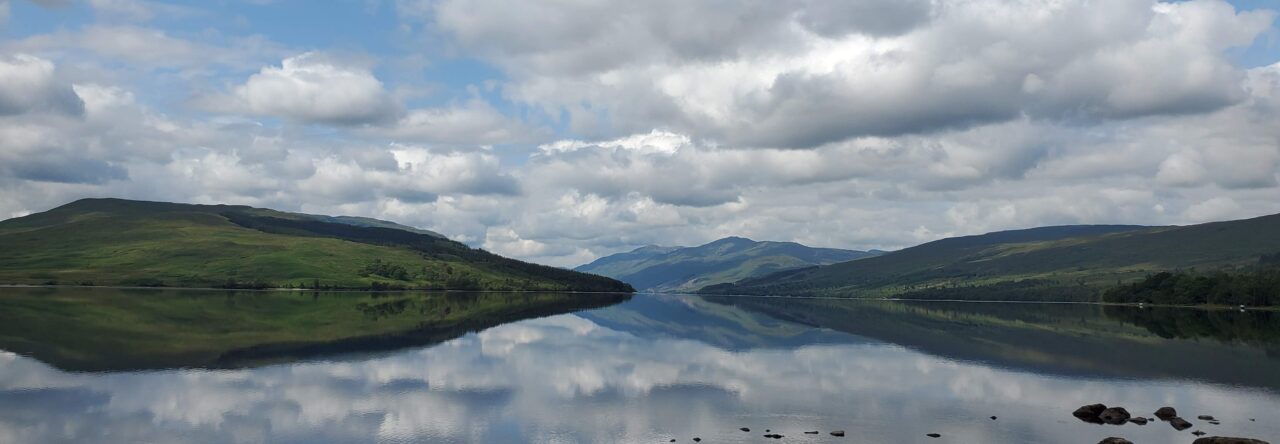
- Image via Wikipedia
In the life of a freelancer, occasionally an article will not get the green light. In this case, I wrote an overview of the ongoing redevelopment of Governors Island and I would like to share it. The island has a unique place in New York City history and it is a great rejuvenation story as well. So here it is:
THE PROJECT: Turning a former military base into a mini-city
THE BUDGET: Over $250 million
THE TIMELINE: 2005 – ongoing
Governor’s Island was a fishing camp for Native Americans before a Dutchman, Wouter Van Twiller, bought the property in 1637 for two ax heads, a string of beads, and a handful of nails for his own private use. As it passed between Dutch and British control, a British Lord also tried to build his own mansion on the island. Mostly though it has been a military base from 1800 through 1996 when the latest inhabitants, the U.S. Coast Guard left – meaning its 172 acres (nearly half the size of the National Mall in Washington DC) have been off limits to the public for two centuries.
Beginning in 1995 discussions began over what to do with this choice piece of real estate located in one of the world’s most densely populated cities. President Clinton gave 22 acres to the National Park Service in 2001; a year later President Bush’s administration agreed to sell the remaining 150 acres for a dollar to the city and state of New York with the stipulation that there be no permanent housing and limited commercial ventures, e.g., no gambling. The transfer was official in 2003.
The challenge: where to get the money to get everything on the island up and running. Maintaining the island, which includes a ferry service to get staff and visitors to the island, is $14 million a year. Add the upgrades needed to abandoned buildings, landscaping – a superb tear down opportunity albeit with limited funds and squabbling siblings: state and city governments could not agree on project priorities.
Finally this past April, New York City took over control of the island, creating the Trust for Governor’s Island. The Trust employs a four-part strategy to tackle the enormous amount of work to be done. The first is to increase the number of people coming to the island. Back in 2005 when the island opened for business, 8,000 people ventured into this newly discovered territory; this summer the Trust expects 400,000 according to spokesperson Ms. Elizabeth Rapuano. It helps that the U.K.’s popular Prince Harry has played polo on Governor’s Island for the past two years in a charity polo event.
To get the island up to par for these visitors, there is ongoing investment in upgrading island infrastructure including the docks (there is a free ferry service to the island), the seawall, telecom and sewer systems. The Park and Public Space Master Plan released in April focuses on creating a world-class destination which will require a redevelopment of the island’s buildings and landscape; the project team is led by Adriaan Geuze and Jamie Maslyn Larson from architecture firm West 8 who are responsible for workflow, scheduling and managing the team of different firms (including Rogers Marvel Architects, Diller Scofidio + Renfro, Mathews Nielsen Landscape Architects, and Urban Design +. ). Finally – and no project plan is set for the subsequent phase – tenants will be sought for the remaining parts of the island.
“The team is currently working on schematic design for 87 acres,” says Betty Chen, Vice President of Planning, Design and Preservation at the Trust. She is the key liaison between the Trust and the West 8 team. Ms. Chen also stresses the public is an important team member. “We want to learn from the current operations and have this inform the design of the island.” Construction is set to begin in late 2012; competitive bidding to determine who will do the work has not yet started.
The eventual goal is to create a self-sustaining island. On the northern part of the island, there are 52 buildings in need of tenants; on the southern half there are new construction opportunities. The Trust will issues RFPs for development. This summer, the Urban Assembly New York Harbor School started summer classes; they spent $35 million getting their new island digs up and running. “There is a sense of excitement about Governor’s Island coming back to life,” says Ms. Chen. “It’s a great public resource.”



Leave a Reply